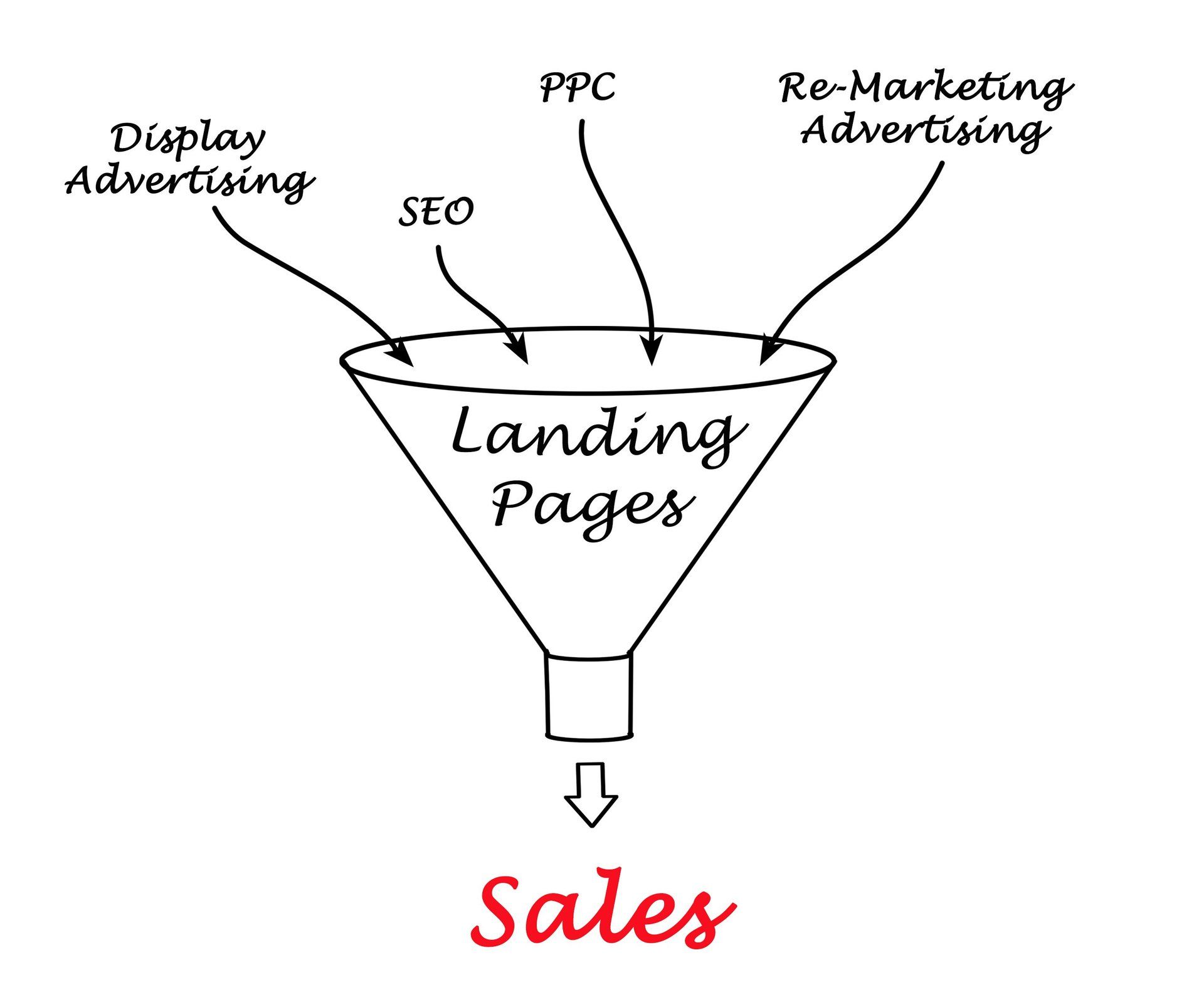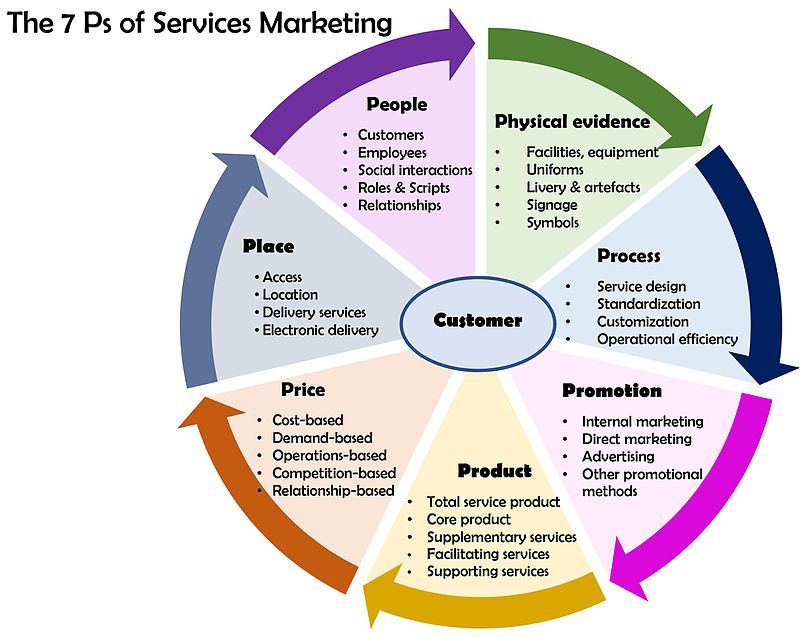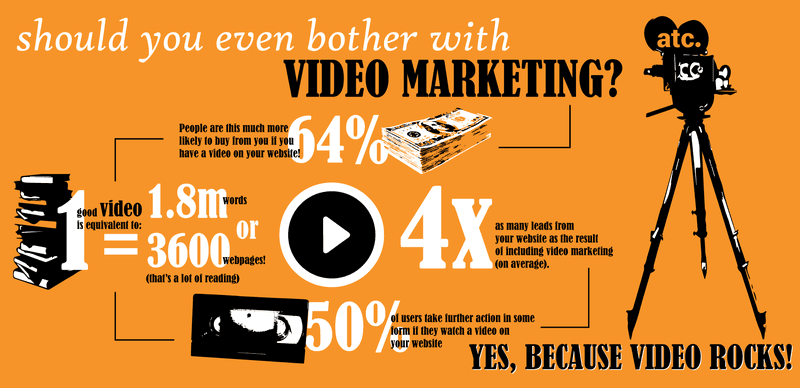Understanding Graphics
Marketing Mondays with Marci B.

As technology has caused customers to expect immediate response time, they start analyzing information as soon as they open it up. In order to cut through the clutter, you have to get your point across quicker than ever. Nothing helps you get your message across faster than strong imagery. The popularity of memes and GIFs are making graphic communication a fundamental of marketing communication.
There are two main types of graphics, raster and vector. Raster graphics are based on photography and made of pixels so they lose clarity when stretched. Print ads are usually created with raster graphics. Vector graphics are based on illustration and made with mathematical calculations that create lines. They will not lose clarity when made larger or smaller. Vector graphics have consistent quality in print and digital designs, which is why logos are created with vector graphics.
There are two types of outputs, print and digital. When you are creating graphics, it is imperative that you create your images in the right format. The color scheme and dots per inch change based on output. Avoid costly mistakes and redesign fees by creating the right format for your graphic. Print graphics are designed at 300 dpi and use CMYK colors (Cyan, Magenta, Yellow and Black). Digital graphics are designed at 72 dpi use RGB (Red, Green, and Blue). If you need to make two versions of a design, create the print version. The higher dpi (print) can be converter to a smaller dpi (digital) with greater clarity. When a smaller image is stretched, whether it is by overall size or dots per inch, the clarity will be negatively affected.
Print Designs:
- Business Cards
- Flyers
- Brochures
- Banners
- Billboards
- Magazines
- Websites
- Landing Pages
- Mobile Apps
- Social Media
- Memes
- GIFs
For more information on how graphics can enhance your marketing campaign, contact Marci B. Marketing & Management at 248-838-9458 or marci@marcibmarketing.com.
Further reading:
http://vector-conversions.com/vectorizing/raster_vs_vector.html
https://vectormagic.com/support/file_formats
https://designschool.canva.com/blog/print-vs-web/
http://www.prigraphics.com/blog/what-is-digital-printing-vs-offset-printing/
http://vector-conversions.com/vectorizing/raster_vs_vector.html










